Toshiba AC100 Review
Toshiba AC100
Toshiba's 10-inch Android smartbook has a 10 hour battery life and plays 1080p video flawlessly. Can it replace the netbook?
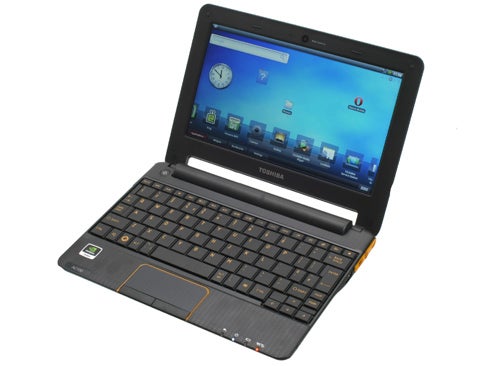
Verdict
Pros
- Impressive battery life
- Very slim
- 1080p video playback
Cons
- No Adobe Flash support
- Cluttered layout
- Unattractive
Key Specifications
- Review Price: £248.99
- Nvidia's Tegra 250 chipset
- 1GHz, dual-core ARM A9 processor
- 10.1-in screen
- 860g
- 2 USB ports
After a period of comparative dullness, the mobile PC sector has become rather intriguing in recent months. Much of this intrigue can be attributed to the Apple iPad and similar devices stirring up the mix, but the Toshiba AC100 is another product that could upset the applecart. 
Ostensibly the AC100 looks like a netbook but, instead of using an Intel Atom or similar PC-derived processor, it uses Nvidia’s Tegra 250 chipset. This chipset, which includes a 1GHz, dual-core ARM A9 processor and a dedicated GPU of Nvidia’s devising, is based on the same kind of tech found in most smartphones. Hence the AC100 isn’t a netbook, but a ‘smartbook’ – a potentially powerful one, too, as Tegra 250 (aka Tegra 2) promises flawless 1080p video playback.
Semantics aside, the AC100 has a great deal in common with netbooks and offers a tangible alternative to them. Its screen measures 10.1-inches, and has a resolution of 1,024 x 600, and the price of the Wi-Fi model we have (the AC100-10Z) is £248.99 – i.e. about the same as a netbook. A 3G enabled version is also available for additional £50, pricing that compares very favourably to netbooks and tablets.
Value runs deeper than mere cheapness, however; the AC100 needs to prove it’s a device you actually want/need to own. It’s certainly got portability covered mind, as it measures just 14mm at its slimmest point (21mm at its thickest) and weighs (on our scales) a miniscule 860g. Being based on ARM-tech means it’s completely fan-less and stone cold (not in the violent sense), so you needn’t worry about burning your lap either.
Such lightness makes the AC100 perfect for chucking into a bag when on the move, and its design reflects this fact. Toshiba has given it a hardy, textured plastic finish all over, and the build quality feels equally reassuring. Even when punctuated by orange highlights it’s not the most exciting machine to behold, and the battery bulge below the screen is somewhat unsightly, but the lack of visual flair is more than recompensed by its feather-weight dimensions.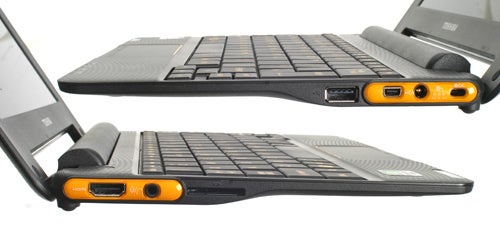
Unsurprisingly such dimensions don’t allow for much connectivity, but all the important stuff is present and correct. This includes an HDMI output, something not often seen on netbooks, an audio jack, and a memory card reader supporting SD cards up to 32GB. You’ll be need that space, too, as there’s just 8GB of internal flash memory. There are two USB ports, though curiously one is a full-size one and the other a mini one – a technical limitation, we assume. Inside you get 802.11n Wi-Fi and Bluetooth 2.1, and 3G if you opt for the more expensive model.
That’s the hardware covered, but the AC100’s software is markedly different to that of netbooks as well. Unlike netbooks it can’t run Windows, or even the Linux alternatives such as Ubuntu Netbook and Jolicloud, so Toshiba has opted for a tweaked version of Android, version 2.1 to be precise. This has several knock-on effects, not all of them good.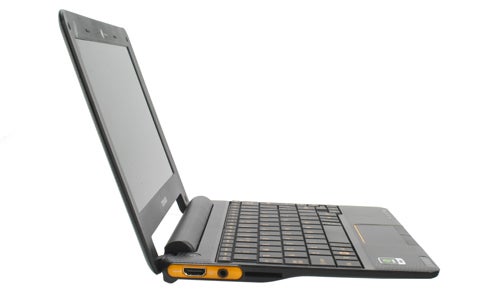
First and foremost, due to the nature of the hardware, the AC100 can’t use the standard Android Marketplace. Instead it uses the Camangi Market, an app store dedicated to applications that support tablet style devices. Unfortunately it’s sparsely populated, and the apps it does have are of questionable quality and value – even if they are free, as most of them are.
This instantly negates one potential advantage of Android, though Toshiba has at least attempted to offset this by pre-loading some apps. Highlights among the usual set of standard apps include the Opera Mobile web browser, Documents To Go for viewing and editing documents, and the Toshiba Media Player for playing video, listening to music and viewing photos. Toshiba has also added its own file manager application, which is an invaluable tool for dealing with your files.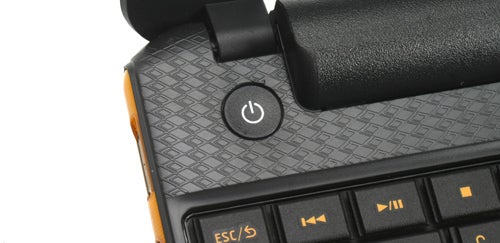
These represent an okay foundation, but ultimately the actual functionality of the AC100 is very limited – more so than any netbook. While you can view and edit documents offline, it’s only possible in a very rudimentary manner. Anything more advanced will require using online applications, where you’ll quickly run into further issues.
For instance, due Android 2.1, there’s no Adobe Flash support. This will rule out many online applications, but even those that do work will suffer the AC100’s somewhat sluggish web page rendering speed. We compared the AC100 to a Samsung N130 using Chrome on the Jolicloud OS, and the Samsung was infinitely quicker dealing with requests. And, of course, no Flash support means you’re severely limited where online video is concerned.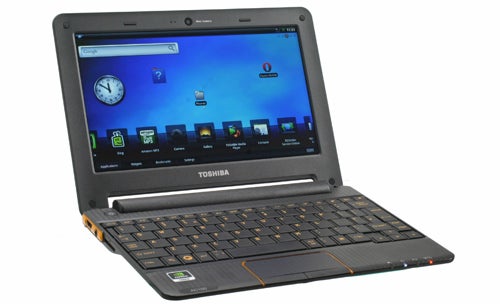
Another side-effect of using Android is that, despite looking like a computer, the AC100 doesn’t really behave like one. Hitting the Backspace button in the web browser won’t take you back, while re-treading your steps in an application (for which there’s a dedicated button on Android phones) is performed by the Esc key; neither can you use the Tab button to switch between cells in forms, something that’s a natural time saver on any real PC, and you can forget about the usual array of keyboard shortcuts.
Consequently there’s a noticeable learning curve to using the AC100, one that even experienced Android users will encounter. Given time you’ll learn to live with such differences, but some – such as the lack of common keyboard shortcuts – are rather more fundamental. There are other irritations, too, such as the inability to read USB drives formatted in the NTFS file system.
Up to this point we’ve painted a dim view of the day-to-day AC100 experience, so let us redress the balance a little. Yes, there are limitations and oddities to contend with, but on a basic level it’s a perfectly usable machine. General operation is responsive, and the machine delivers handsomely on its promises of 1080p video playback.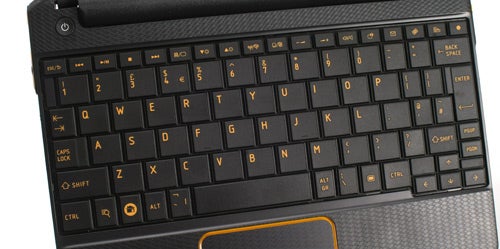
Feed it a supported format, such as an h.264 MOV video, and the AC100 copes perfectly with high bit-rate video. It’s an extremely impressive feat considering most netbooks generate unwatchable slideshows with such content, even if the 1,024 x 600 resolution screen can’t do such splendour true justice – hence the HDMI port. Given Tegra can handle Flash video as well, it’s a shame the chosen version of Android doesn’t support it. Another limitation is the inability to play MKV files.
While nothing special, the AC100’s keyboard is a decent one. Its layout, though a little cluttered in some areas, is logical and the key actions accurate enough for occasional typing duties. It’s a shame the touchpad doesn’t support multi-touch, however, a significant oversight given the navigation advantages (e.g. pinch to zoom for photos, two-finger swipes for switching home screens) that could have resulted.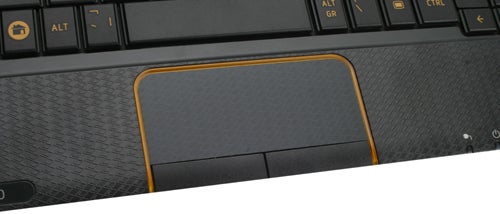
Battery life is another major plus point. We set our usual netbook battery life test, where we run a standard definition video on constant loop at 50 per cent brightness, running at 9am and the AC100 was only just coming to a halt at 6pm when we were leaving the office: that’s nine hours of video playback. An extremely impressive result, albeit one we were expecting.
Such prowess goes a long way to excusing some of the AC100’s less redeeming aspects, but it doesn’t dissuade the feeling this is a work in progress, suck it and see kind of product. Its lack of Flash support is particularly debilitating considering the paucity of native apps, the latter of which makes the 3G version the more desirable of the two versions. That said such a decision must be balanced against the need for a data contract of some kind, a cost which will soon add up.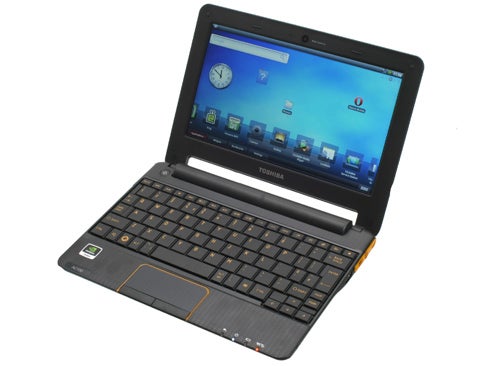
Verdict
On paper the AC100 is a tempting alternative to a netbook, mainly due to its incredible slimness, portability and battery life. However, while 1080p video playback is a great headline grabbing feature, the AC100 isn’t as accomplished a computing machine as a netbook. In time, and with the right OS, it could be a winner, but not at present.
How we test laptops
Unlike other sites, we test every laptop we review thoroughly over an extended period of time. We use industry standard tests to compare features properly. We’ll always tell you what we find. We never, ever, accept money to review a product.
Trusted Score
Score in detail
-
Performance 6
-
Design 9
-
Value 6
-
Features 5
-
Battery Life 10
Processor, Memory & Storage
| Processor | nVIDIA Tegra |
| Processor Speed Standard (Gigahertz) | 1 GHz |
| Memory (RAM) (Gigabyte) | 512 MBGB |
Graphics & Sound
| Graphics | nVIDIA |
| Display (Inch) | 10.1 in |

